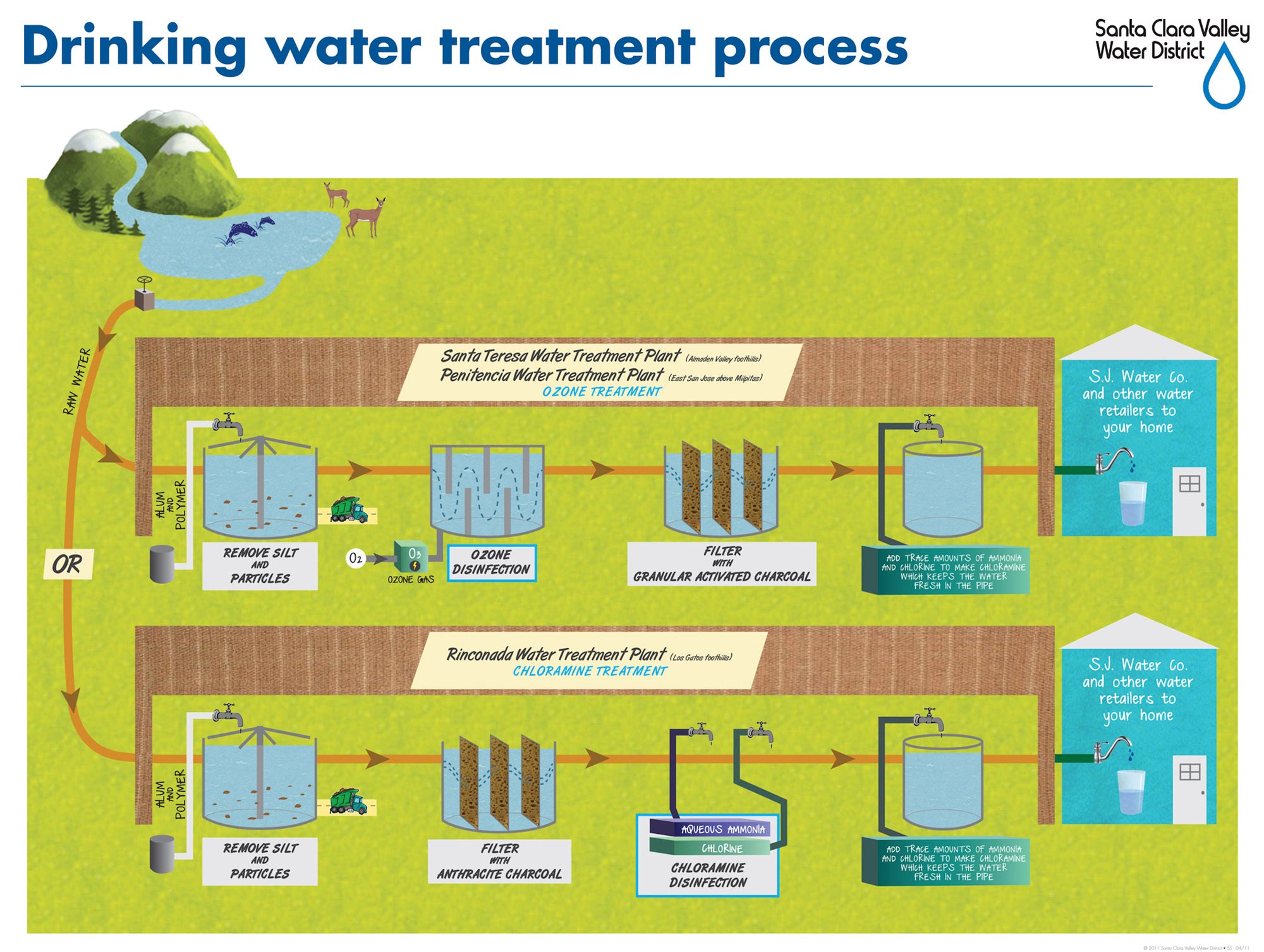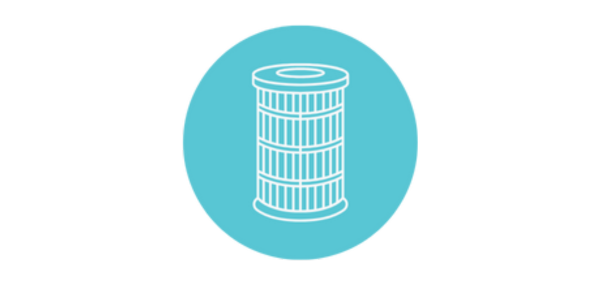

Treatment of public water supplies in NZ
Different councils in NZ have adopted similar and also different water treatment practices.
An example about how Auckland treats tap water will give us some idea how water gets treated in NZ:
Auckland's water (like water throughout New Zealand) is a combination of water from dams and water from underground springs. Depending on the source of the water, it has different contaminants: metallic ions, organic compounds and biological materials. To make this water safe to drink, most of these have to be removed. Fluoride is also commonly added to the water during the treatment process as fluoride strengthens teeth. Thus water treatment usually involves aeration and settling followed by a variety of chemical treatments as follows.
Step 1 - Coagulation
Alum (Al2(SO4)3.18H2O) is added to the water to cause any small particles suspended in the water to clump together and settle out. .
Step 2 - Flocculation
Polyelectrolytes are added to create even heavier particles that will settle more readily.
Step 3 - Sedimentation
The floc (heavier particles) is settled out in clarifiers shaped like inverted pyramids.
Step 4 - Filtration
The water percolates down through sand to remove any solid material remaining. The water now meets the relevant standards for turbidity.
Step 5 - Final water treatment
The water is disinfected with sodium hypochlorite (Chloride) to destroy organic and nitrogenous matter, to precipitate out iron and manganese and to destroy bacteria and viruses. Lime is added to bring the pH up towards 8.0 (so that the water won't corrode pipes)
Fluoride may be added to water supplies. Auckland has fluoride in the tap water.
















